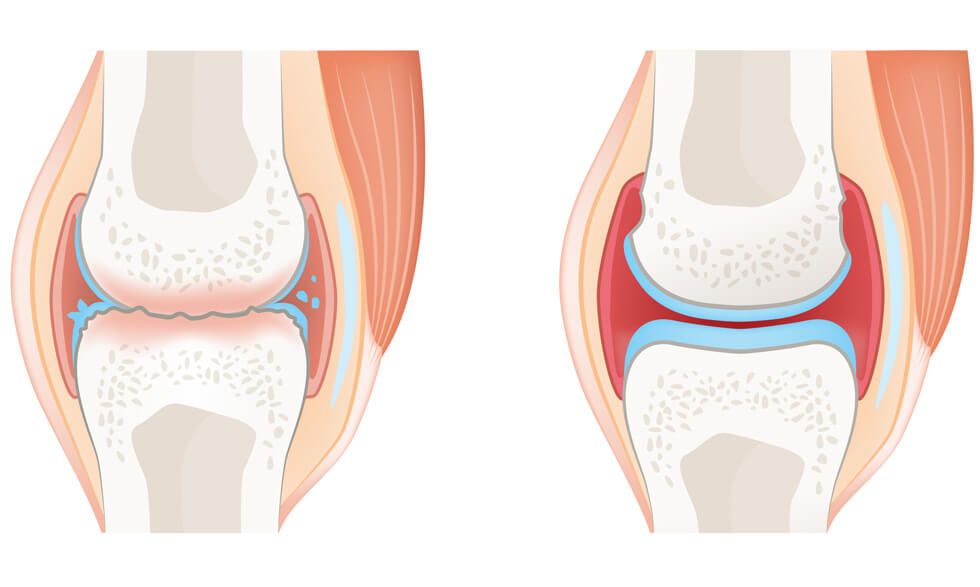Heart disease remains the world’s leading cause of death, claiming millions of lives each year despite decades of progress in prevention and treatment. Now, a promising new drug called Obicetrapib may be poised to revolutionize how we manage cholesterol—and significantly reduce the risk of heart attack and stroke for high-risk individuals.
In a major international study led by Monash University, the once-daily oral medication demonstrated powerful effects in lowering both low-density lipoprotein (LDL) cholesterol—infamously known as “bad cholesterol”—and lipoprotein(a) or Lp(a), a genetically inherited lipid particle that has long evaded effective treatment. The findings, unveiled at the prestigious European Atherosclerosis Society Congress in Glasgow and published in the New England Journal of Medicine, could mark a turning point for millions of patients worldwide.
What Makes Obicetrapib Different?
Obicetrapib belongs to a class of drugs called CETP inhibitors (cholesteryl ester transfer protein inhibitors), which work by blocking the transfer of cholesterol between different lipoproteins in the blood. While earlier CETP inhibitors like torcetrapib and evacetrapib showed disappointing or even dangerous results, Obicetrapib appears to break from this troubled legacy with a combination of efficacy, safety, and simplicity.
Unlike injectable medications that require regular hospital visits or cumbersome monitoring, Obicetrapib comes in a once-a-day pill—a welcome development for patients who often struggle with complex drug regimens. Even more compelling is its dual action: in the BROADWAY phase 3 clinical trial, Obicetrapib lowered LDL cholesterol by 32.6% and Lp(a) by 33.5% after just 12 weeks, all while being added to existing therapies.
“These results are incredibly exciting,” said Professor Stephen Nicholls, Director of the Victorian Heart Institute at Monash University and lead author of the study. “It’s rare to see such a significant reduction in both LDL and Lp(a) simultaneously—and with an oral therapy, no less.”
Understanding LDL and Lp(a): The Dangerous Duo
Most people are familiar with LDL cholesterol, the fatty molecule that contributes to plaque buildup in arteries, leading to atherosclerosis, heart attacks, and strokes. Despite statins, ezetimibe, and PCSK9 inhibitors, many patients—especially those with familial hypercholesterolemia or other genetic lipid disorders—continue to struggle with elevated LDL levels that put them at serious risk.
But while LDL has long dominated the conversation, Lp(a) is quickly emerging as a crucial, overlooked risk factor. Lp(a) is a particle similar to LDL but with an added protein called apolipoprotein(a), which makes it stickier and more prone to fostering inflammation and clotting. It’s inherited, not influenced by diet or exercise, and up to one in five people globally have high levels.
What’s worse? There are currently no approved medications specifically targeting Lp(a). That’s why Obicetrapib’s ability to cut Lp(a) by a third is generating so much enthusiasm.
“Lp(a) is one of the final frontiers in cholesterol treatment,” said Professor Nicholls. “If we can finally address it with a safe and effective pill, it will be a game-changer for cardiovascular care.”
The BROADWAY Trial: Setting the Stage
The BROADWAY study enrolled over 2,500 patients across multiple countries, all of whom had either established cardiovascular disease or genetically high cholesterol levels. Participants continued their standard cholesterol-lowering therapy and were randomly assigned to receive either Obicetrapib or a placebo.
After 12 weeks, the results were striking. Patients on Obicetrapib saw their LDL cholesterol fall from an average of 3.4 mmol/L to 2.3 mmol/L, while their Lp(a) levels dropped from 58 nmol/L to 39 nmol/L. Importantly, a large proportion of patients met international cholesterol targets for the first time, despite years of prior treatment.
The drug was well-tolerated, with a side effect profile similar to placebo. No increase in blood pressure, no serious liver issues, and no major safety concerns emerged during the trial—a significant reassurance given past CETP inhibitors were dogged by off-target effects.
Convenience Meets Efficacy
While efficacy is crucial, one of the major barriers to effective cardiovascular treatment is adherence. Statins, while effective, are plagued by real and perceived side effects, and PCSK9 inhibitors—highly potent injectable drugs—are often expensive and inconvenient.
Obicetrapib, by contrast, offers high potency with the ease of a daily tablet. This simplicity could encourage better adherence, especially among populations who have difficulty with injectables or complex regimens.
“This is about giving patients back control,” said Professor Nicholls. “It’s an option they can take at home, with minimal burden, and still achieve powerful results.”
A Step Forward, But Not the Final Word
While the BROADWAY trial offers compelling evidence for Obicetrapib’s potential, it’s important to note that the study focused on cholesterol lowering—not on actual clinical outcomes like heart attacks or deaths. Those answers are expected from the larger PREVAIL trial, an outcomes-focused study involving more than 9,000 participants, which is currently underway and expected to report in 2026.
Still, experts say that the current data are more than enough to justify optimism.
“Cholesterol is a proven target,” noted Dr. Maria Sotiropoulos, a cardiologist not involved in the trial. “When you reduce LDL and Lp(a), you reduce events. The magnitude of the drops we’re seeing here suggests we’re likely to see a big benefit when outcome data arrives.”
Looking Ahead: A New Chapter in Cholesterol Management
If approved, Obicetrapib could represent a new class of lipid-lowering therapy that addresses both familiar and emerging threats. For patients with high Lp(a), who’ve long been told there’s little that can be done, it may finally offer a viable path to prevention. For clinicians, it’s another tool in the fight against the world’s biggest killer.
And for the broader scientific community, Obicetrapib marks a redemption arc for CETP inhibitors, long viewed as a failed experiment. This time, it appears the story may have a far more hopeful ending.
Final Thoughts
Heart disease has always demanded bold thinking. The BROADWAY trial, led by Australian researchers, shows that bold, evidence-based innovation is still possible—and urgently needed.
Obicetrapib isn’t just another pill. It’s a symbol of possibility for the millions of people still at risk despite their best efforts. It represents the promise of precision medicine, the power of perseverance in science, and the tireless pursuit of solutions to the world’s most stubborn medical problems.
With broader trials still ongoing, we wait for the full story to unfold. But for now, Obicetrapib offers a reason to hope—and a reason to believe that a safer, more effective, and more accessible future in cardiovascular health may finally be within reach.
Reference: Stephen J. Nicholls et al, Safety and Efficacy of Obicetrapib in Patients at High Cardiovascular Risk, New England Journal of Medicine (2025). DOI: 10.1056/NEJMoa2415820






